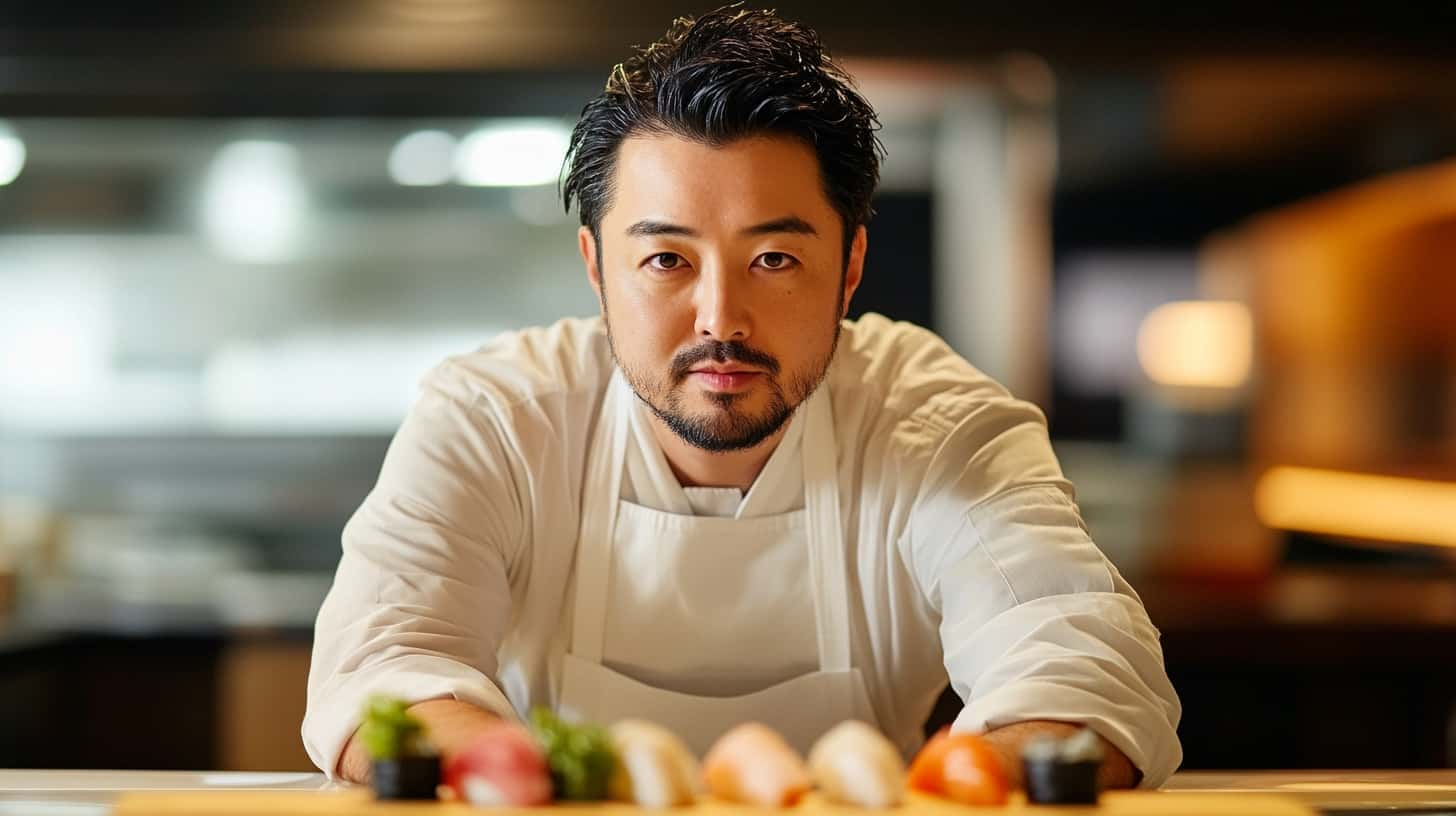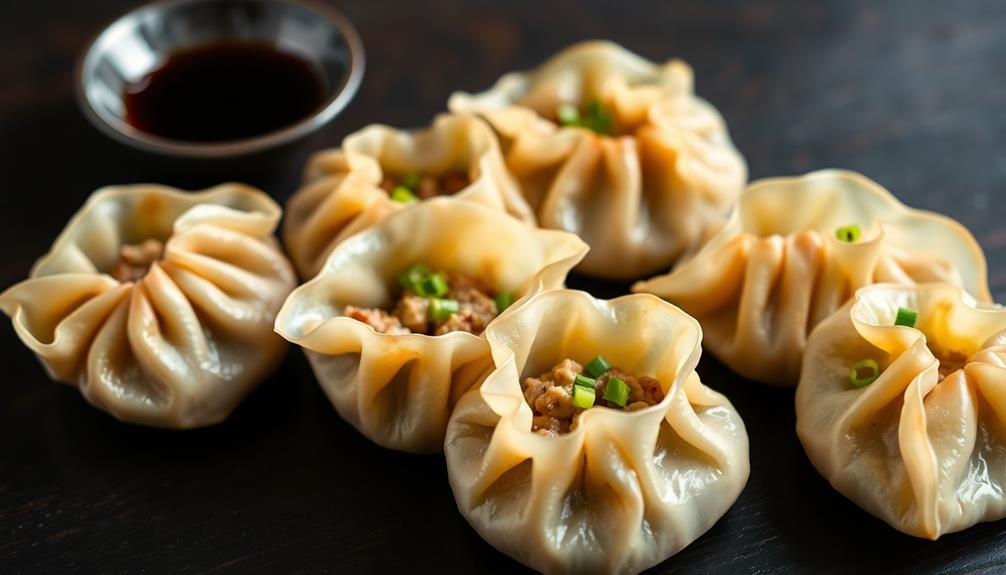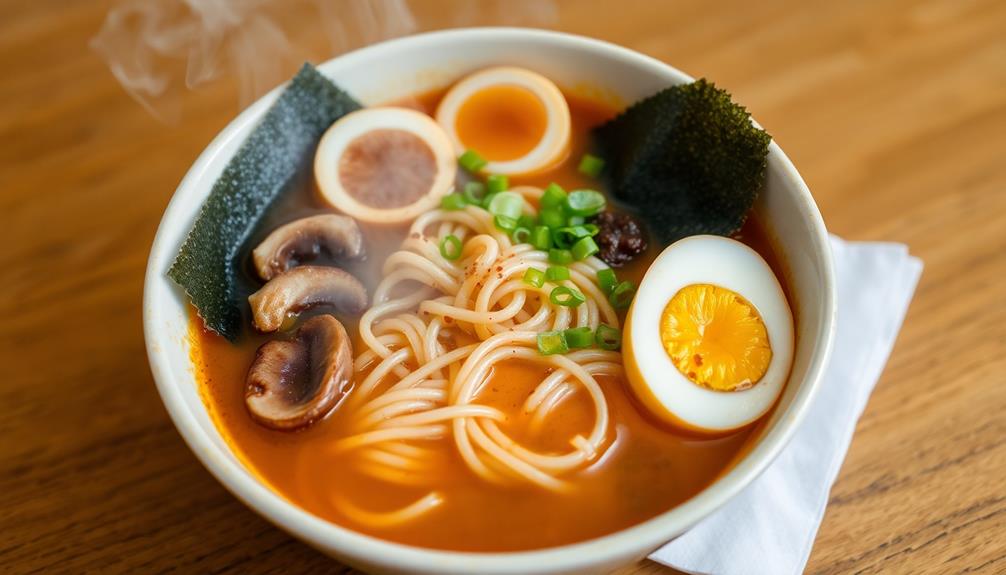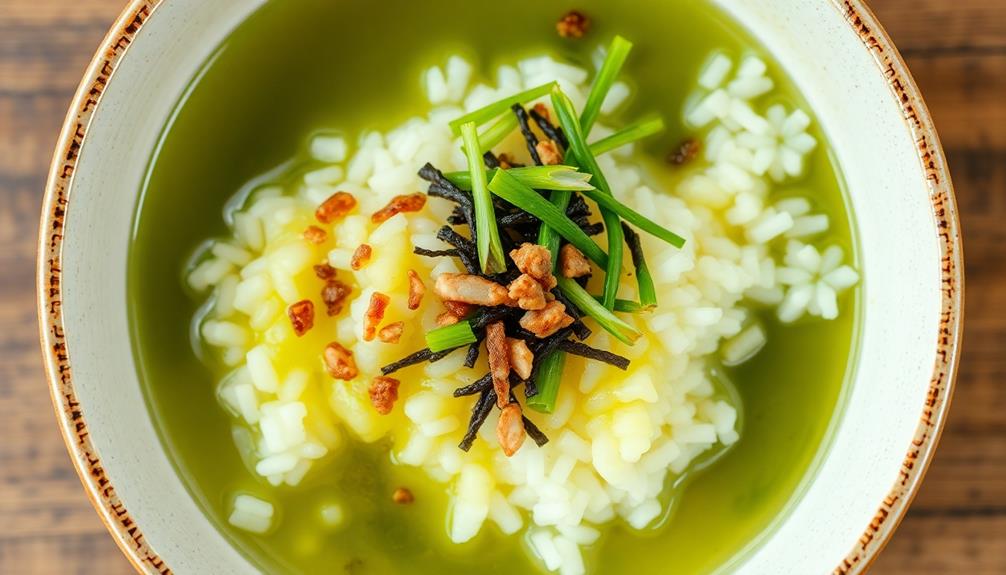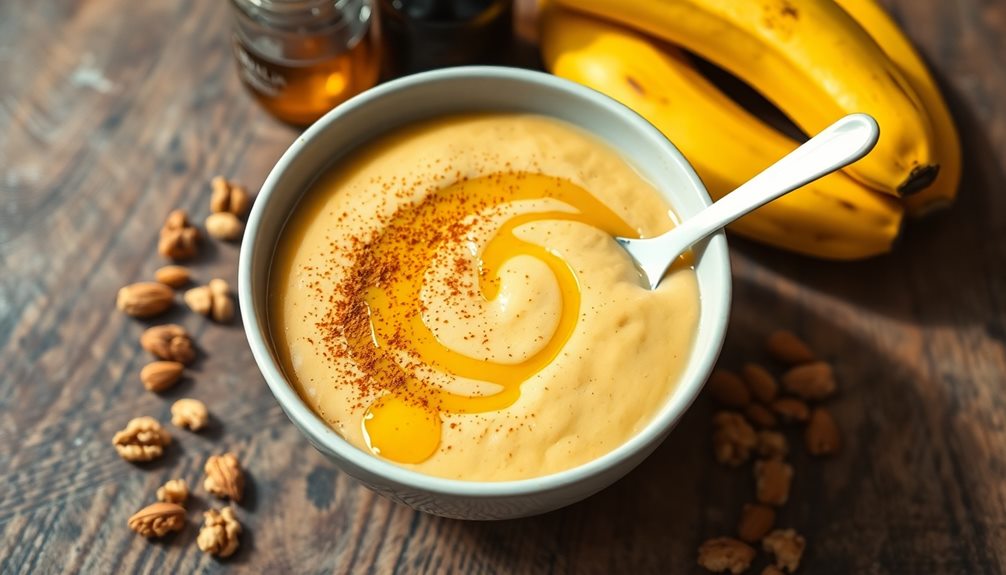You've probably heard of tamago kake gohan, that simple yet beloved Japanese dish featuring a raw egg and steaming hot rice. While it may sound basic, there's more to this comfort food than meets the eye. From its historical roots to the mouthwatering regional variations, this humble meal has evolved into a true culinary delight. Curious to learn how to make it yourself? Eager to discover the secrets behind its enduring popularity? Keep reading to uncover the fascinating story of tamago kake gohan. Nowadays, tamago kake gohan can be found in homes and restaurants alike, and it has even made its way onto the menu at traditional kaiseki dining establishments. Its versatility and simplicity make it a favorite among busy students and office workers, while its rich history and cultural significance continue to captivate food enthusiasts around the world. Whether you’re a seasoned chef or a beginner in the kitchen, there’s something special about tamago kake gohan that will make you want to savor every last bite.
Key Takeaways
- Tamago Kake Gohan is a traditional Japanese comfort food consisting of warm steamed rice topped with a raw egg.
- It originated during the Edo period and has evolved with various regional and creative toppings over the centuries.
- The dish is known for its simple preparation, soft texture, and ability to be customized to individual tastes.
- Tamago Kake Gohan is a popular staple in Japanese home cooking, often enjoyed for breakfast or as a snack.
- The dish's popularity has spread globally, appealing to food enthusiasts for its unique flavor and nutritional benefits.
History
Tamago Kake Gohan, a beloved Japanese breakfast dish, has long been a staple in the country's culinary landscape. Its origins can be traced back to the Edo period, when it was a simple yet nourishing meal enjoyed by the working class. Back then, it consisted of just warm rice and a raw egg, seasoned with a touch of soy sauce or salt.
Over the centuries, Tamago Kake Gohan has evolved, with various regional variations and creative twists. Some add a sprinkle of furikake (a savory Japanese seasoning), while others opt for a raw quail egg for a richer flavor.
In recent years, it has gained popularity worldwide, captivating food enthusiasts with its delicate balance of textures and flavors. Whether enjoyed in a traditional setting or with a modern spin, Tamago Kake Gohan remains a beloved and enduring part of Japanese culinary heritage.
Recipe
Tamago Kake Gohan is a simple yet delicious Japanese comfort food. It consists of hot steamed rice topped with a raw egg, creating a creamy and savory dish. This dish is often enjoyed for breakfast, but it can be eaten any time of day.
The key to a perfect Tamago Kake Gohan is using the freshest, high-quality ingredients. The egg should be as fresh as possible, and the rice should be cooked to a tender and fluffy texture.
- 1 cup short-grain Japanese rice, cooked
- 1 large egg, preferably at room temperature
- 1 tablespoon soy sauce
- 1 teaspoon mirin (optional)
- Pinch of salt (optional)
In a bowl, gently place the cooked rice. Create a well in the center and carefully crack the egg into the well. Using chopsticks or a fork, gently stir the egg into the rice, incorporating it evenly. Add the soy sauce and mirin (if using), and mix until well combined. If desired, season with a pinch of salt.
When preparing Tamago Kake Gohan, it's important to use the freshest possible egg to ensure food safety. Additionally, you can experiment with various toppings, such as scallions, furikake (Japanese seasoning), or a drizzle of sesame oil, to enhance the flavor and texture of the dish.
Cooking Steps
Cook the rice to perfection.
Crack a fresh egg into a bowl and whisk it thoroughly.
Pour the seasoned egg over the rice and enjoy this simple but delightful dish.
Step 1. Cook Rice
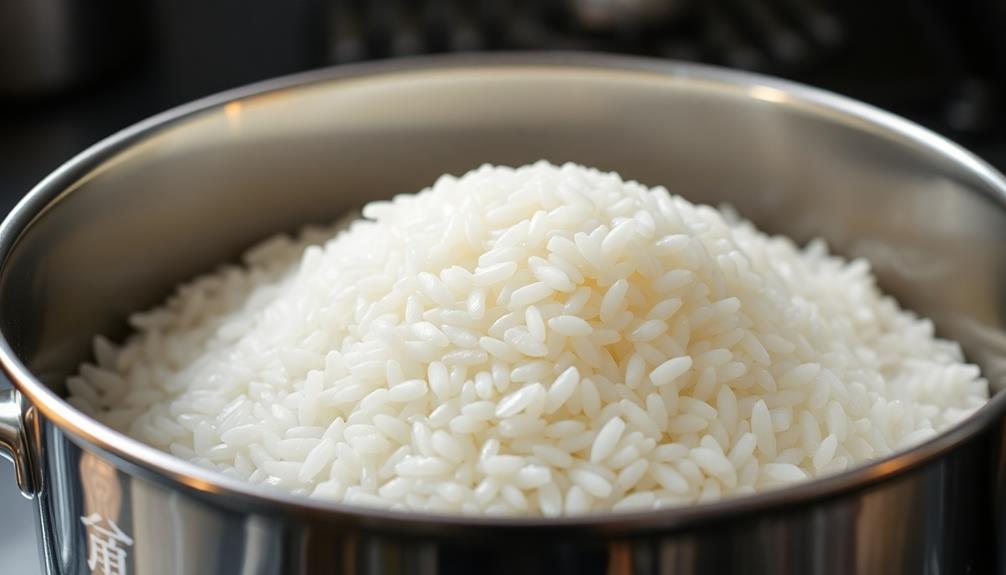
Begin by thoroughly rinsing the rice in a fine-mesh strainer until the water runs clear. This removes any excess starch, ensuring your rice cooks up fluffy and separated.
Next, add the rinsed rice to a medium saucepan and cover with fresh, cold water. The exact water-to-rice ratio can vary, but a good starting point is 1 cup of rice to 1 1/4 cups of water.
Bring the pot to a boil over high heat, then immediately reduce the heat to low, cover, and simmer for 15-20 minutes. Resist the urge to lift the lid, as this releases valuable steam.
Once the timer goes off, remove the pan from the heat and let it sit, covered, for an additional 10 minutes. This final resting period allows the rice to finish cooking and firm up.
Fluff the rice with a fork before serving. Your perfectly cooked rice is now ready to be topped with a fresh raw egg for the classic Tamago Kake Gohan dish.
Step 2. Crack Fresh Egg Into Bowl

Next, crack a fresh, room-temperature egg into a small bowl. Make sure to use a clean bowl to avoid any contaminants.
Use your fingers to gently crack the egg shell in the middle, then carefully separate the two halves, letting the egg yolk and white fall into the bowl. Be careful not to break the yolk, as you want it to remain intact.
If any bits of shell fall into the bowl, use a clean spoon to remove them. Once the egg is safely in the bowl, you're ready to move on to the next step.
This simple action of cracking the egg is an essential part of preparing the classic Japanese dish, Tamago Kake Gohan, where the raw egg is mixed directly into freshly cooked rice.
With the egg ready, you can now proceed to the next stage of the recipe.
Step 3. Whisk the Egg Thoroughly

With the fresh egg now safely in the bowl, it's time to give it a good whisking. Using a small whisk or fork, start stirring the egg in a circular motion. Whisk it thoroughly, ensuring there are no visible traces of the yolk or white. The goal is to create a smooth, homogeneous mixture.
As you whisk, try to incorporate a bit of air into the egg. This will result in a fluffier, creamier texture once the egg is cooked. Don't overdo it, though – a few dozen strokes should do the trick.
Once the egg is well-whisked, you're ready for the next step: cooking the egg directly in the bowl or rice dish. This quick preparation is what makes tamago kake gohan such a simple, yet delicious, Japanese comfort food.
With the egg ready, you can now move on to pouring it over your freshly cooked rice.
Step 4. Add Soy Sauce to Whisked Egg
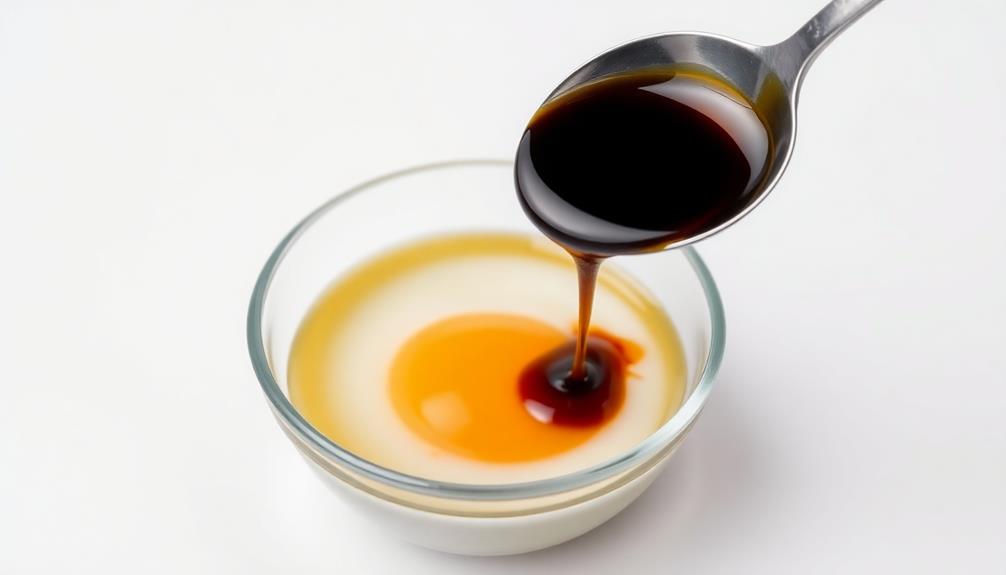
With the egg now whisked to a smooth and airy consistency, you'll want to add a touch of soy sauce. This savory umami flavor will complement the richness of the raw egg perfectly.
Just a drizzle of soy sauce, about a teaspoon, is all you need. Gently stir the soy sauce into the whisked egg until it's fully incorporated. You don't want to overpower the egg flavor, so be sure to use a light hand with the soy sauce.
The soy sauce won't only enhance the taste but also give the egg a lovely amber hue. This subtle addition takes the dish to the next level, elevating the simple ingredients into something truly special.
With the egg and soy sauce now combined, you're ready to move on to the final step: pouring the flavorful mixture over your steaming hot rice.
Step 5. Pour Whisked Egg Over Rice

Now that the egg is whisked and seasoned with soy sauce, it's time to bring everything together.
Grab your bowl of freshly cooked rice and position it in front of you. Slowly and carefully, pour the seasoned whisked egg over the hot rice. Don't be afraid to really coat the rice evenly – you want each bite to have that delicious egg flavor.
As the egg hits the hot rice, it'll start to gently cook, creating a creamy, velvety texture. Stir the mixture together, ensuring the egg is fully incorporated. The result is a hearty, comforting dish where the warm rice and savory egg meld into one harmonious bite.
Feel free to add a touch more soy sauce or a sprinkle of furikake (Japanese seasoning) on top for extra flavor.
The beauty of tamago kake gohan is its simplicity – just a few high-quality ingredients coming together to create a truly satisfying meal.
Final Thoughts
Ultimately, what're your thoughts on the simplicity and appeal of tamago kake gohan? This minimalist dish showcases the innate deliciousness of its ingredients – fresh eggs and high-quality rice. The raw egg's rich, creamy texture perfectly complements the warm, fluffy rice, creating a harmonious fusion of flavors and textures.
Additionally, incorporating nourishing ingredients like celery juice and pregnancy can enhance the nutritional profile of this meal, making it even more beneficial for those looking for wholesome options.
One of the key draws of tamago kake gohan is its versatility. It can be enjoyed as a comforting breakfast, a quick lunch, or even a late-night snack. The prep time is mere seconds, making it an ideal option for busy weekdays or when you're craving a taste of Japan.
Plus, the customization possibilities are endless – you can experiment with different seasonings, toppings, and mix-ins to suit your personal preferences.
Ultimately, the appeal of tamago kake gohan lies in its simplicity and ability to elevate the most ordinary ingredients into an extraordinary culinary experience. Give this traditional Japanese dish a try and discover the joy of the perfect union between egg and rice.


